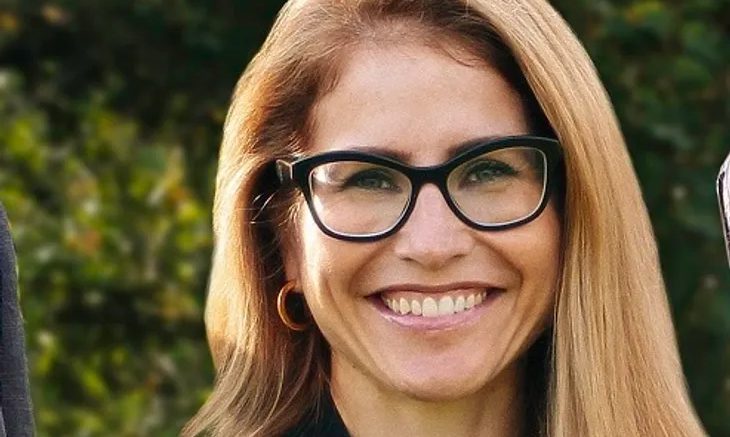Canada is a global hydrogen leader, yet there is ample potential to reduce, or even eliminate, the lightest element’s carbon emissions-heavy current production methods, says Dr. Erin Bobicki, a minerals processing and microwave researcher with the University of Alberta.
Bobicki is also a founding director of Aurora Hydrogen, a start-up developing technology for emission-free hydrogen production, which aims to fill a perceived low-cost distributed hydrogen market gap.
Bobicki explained during The Northern Miner’s recent Global Mining Symposium that the global hydrogen market entails about 90 million tonnes per annum, split about 45% to upgrade heavy oil and petroleum production, another 45% is used to make ammonia and the balance for other industrial uses.
As the world looks to decarbonize transportation and industry quickly, hydrogen demand is expected to increase dramatically, from US$130 billion today to US$2.5 trillion in 2025, according to the Hydrogen Council.
Bobicki stressed during a moderated interview there is an urgent need to develop new low-cost and low-carbon technologies for hydrogen production.
“There’s a lot of hydrogen consumed today, and decarbonizing those processes and producing clean hydrogen is important for many industries as they navigate along the path to achieving net-zero emissions targets,” according to Bobicki.
The researcher notes that hydrogen has become an accepted pillar on that path since it’s a cleaner alternative to fossil-fuelled technologies and for applications where electricity is not suitable. Its applications are multiplying rapidly.
“Where a chemical fuel is desirable, hydrogen fits the bill in many respects. In applications like long-haul transportation, when you need assets available 24/7, you don’t have time to stop and charge for a period when you want to be hauling goods instead of waiting. So, batteries are hefty to lug around if we look at the long haul, trucking, trains and shipping applications.
“And so, hydrogen has been identified as a better fit for the decarbonization of those industries, compared to electric vehicles,” she said.
Even household applications stand to benefit from hydrogen, such as for space heating in a cold climate like Canada’s. She suggests blending hydrogen with natural gas is a crucial way to decarbonize many industries.
Importantly, Bobicki also pointed out that when it came to transportation applications, hydrogen was not beholden for use only in platinum-heavy fuel cells in a vehicle since it could be blended with diesel and used in the regular operation of an internal combustion engine.
“Those engines are commercial. You can buy those,” said Bobicki. “In addition, you can blend up to 5% hydrogen into natural gas without much of an issue and use it in most home appliances available today.”
While the applications for hydrogen use are multiplying, so is the realization that it’s expensive to compress hydrogen for long-distance transport, which is a costly endeavour. Not to mention the requirement that the export destination needs sophisticated infrastructure to receive and safely handle and distribute the gas.
Bobicki argues that current hydrogen production is either expensive and distributed or low-cost and centralized, requiring additional costs to transport. “Aurora’s technology has the potential to unlock many new hydrogen markets and applications by providing low-cost hydrogen at the point of use, fast-tracking the path to decarbonization in heavy transportation, residential and commercial heating, and many industrial processes,” said Bobicki.
Bobicki views the market gap as lacking low-cost distributed or decentralized hydrogen production. “We’re developing a technology to produce low-cost distributed hydrogen with no carbon dioxide emissions,” she said.
Aurora is developing a technology that uses efficient microwave energy to heat natural gas without oxygen and water (pyrolysis) to produce hydrogen and solid carbon while avoiding the generation of carbon dioxide.
The technology is scalable and modular; units can be installed anywhere there is natural gas and electricity. Hydrogen production using Aurora’s technology can potentially reduce global carbon emissions by over 500 million tonnes per year, according to Bobicki.
The company plans to build and operate a 200 kilogram per day hydrogen demonstration plant for field trials in Edmonton.






Be the first to comment on "GMS: Aurora Hydrogen aims for low-cost distributed hydrogen market gap, says Dr. Erin Bobicki"